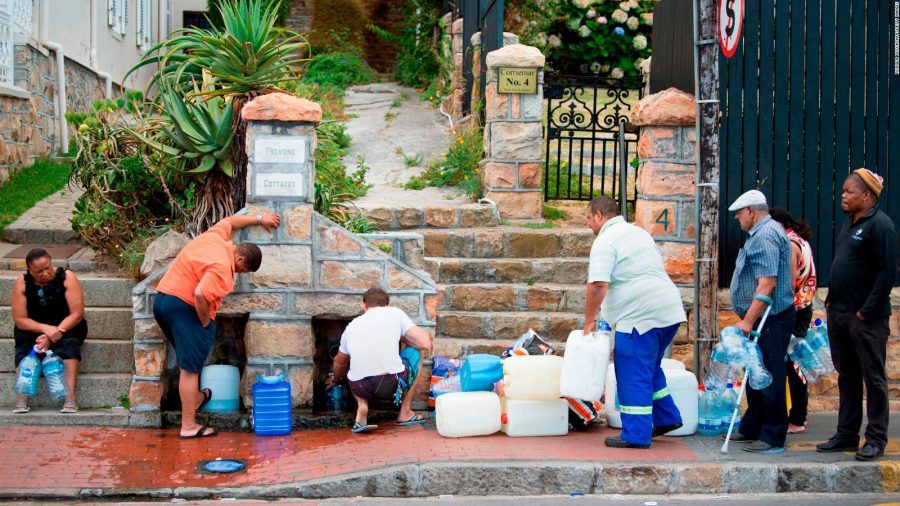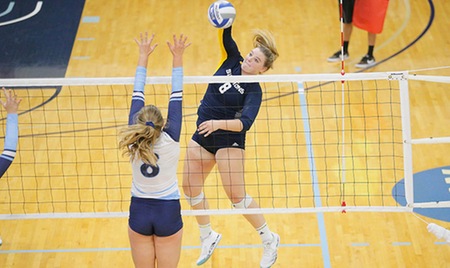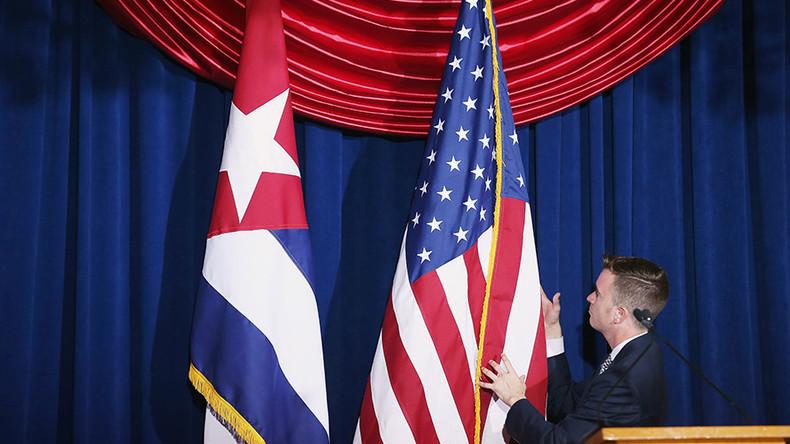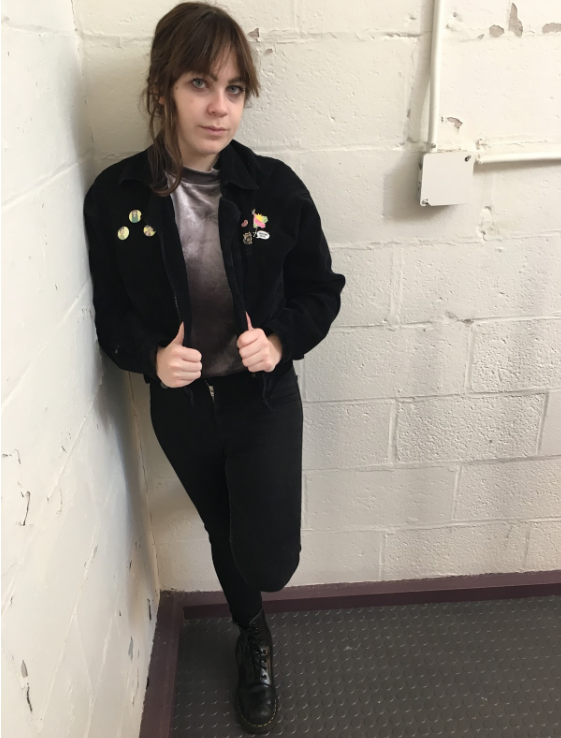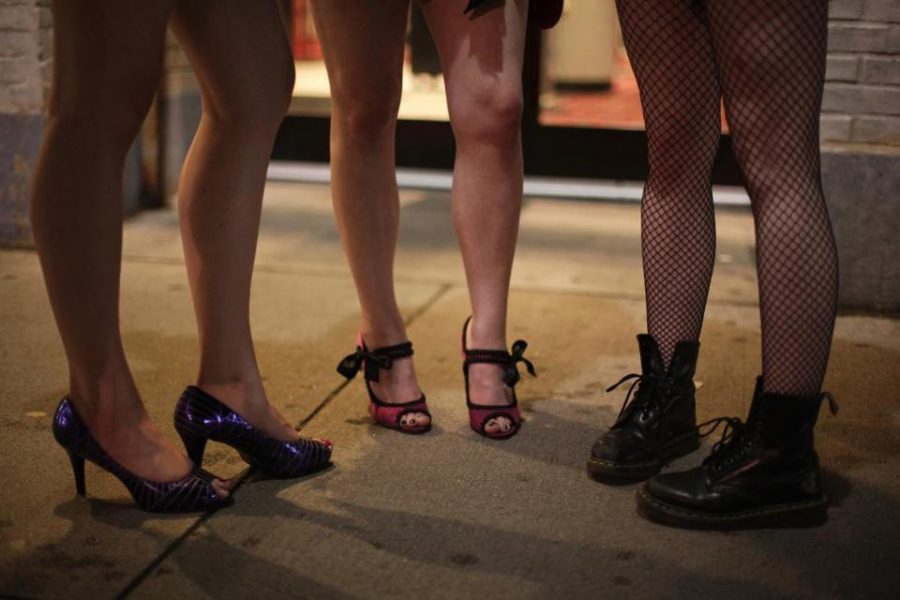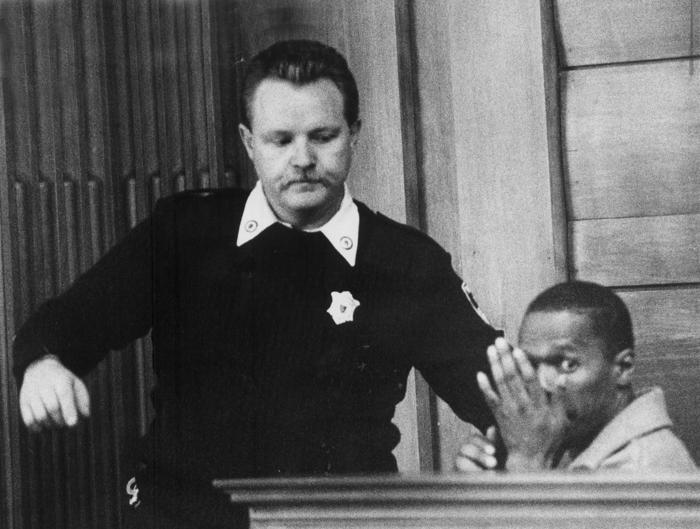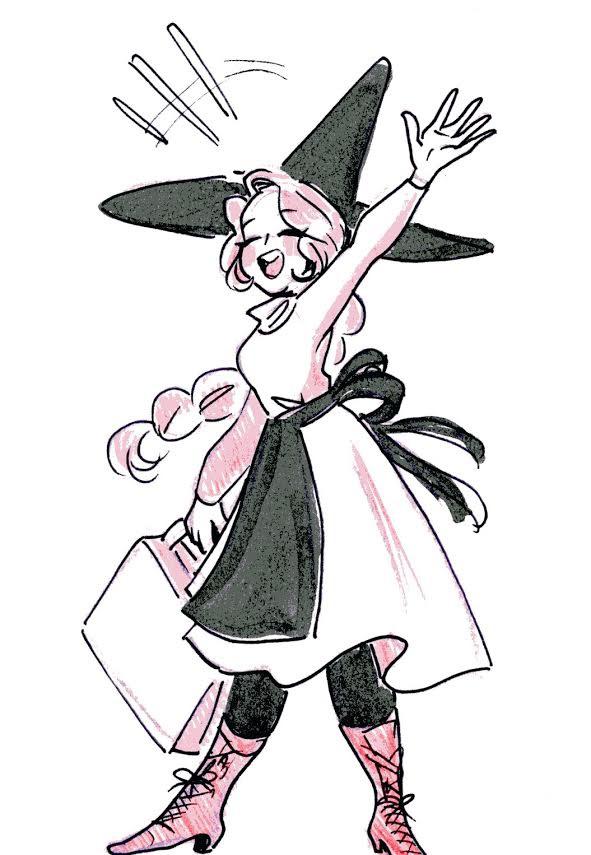By Nicole T. Cunha
Contributing Writer
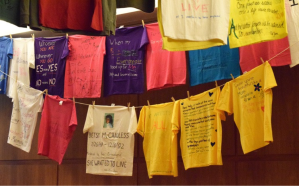
Usually the Kotzen Room is abuzz with student activities or events for the college. Oct. 21, 2015 was a little different. That evening, the one-year-old Violence Prevention and Educational Outreach Program (VPEO) hosted its first Clothesline Project. Though the event lasted one hour, countless hours of preparation were required of Gina Capra, the VPEO coordinator; program peer educators, volunteers, college trustees and facilities workers.
Much could be said about the VPEO, though the history behind the program is intertwined with that of the Clothesline Project, ans well as tragic and impactful events that hit close to home with the Simmons community.
Rachel Carey-Harper was one woman in a small group who wanted to raise awareness of domestic violence against women. She was also a visual artist. What better way to share survivors’ stories than to do so through an act commonly seen as women’s work? As women would hang clothes out to dry, the shirts decorated would, according to Gina Capra, “bring the survivors’ experiences out of the shadows.” The Clothesline Project started on Cape Cod, and has since spread internationally.
After Gina’s introduction to VPEO, the Clothesline Project and its history, Rachel Gulick— one of the peer educators— spoke about Betsy McCandless and how she instigated the Clothesline Project. But not in the way you may think.
Elizabeth ‘Betsy’ McCandless graduated from Simmons with a BA in 1971, and then a M.Ed. from Northeastern in 1974. In her forties, she married a man she knew for four months. After the wedding, things changed. Her husband began to abuse her. She fled to save her life, always moving and with the support of her friends and family evaded her husband. Though she did everything that a domestic violence professional would recommend, he found her. On Dec. 15, 1992, he took Betsy’s life and his own.
The Clothesline Project was brought to Simmons in 1997 by a memorial fund Betsy’s classmates established in her honor. After sharing Betsy’s story, Rachel’s call to action stressed that the project “works[s] to create future generations without violence…the shirts don’t have to be what the future looks like.” Steven P. McCandless, Betsy’s brother, made sure that the community remembered Betsy as a person, not just a faded picture on an old t-shirt. Bleak though the tone was, each story had a moment of hope: how Betsy’s off-beat sense of humor “kept her alive in the tough period,” or how troll dolls he gave her emulated her resilience after a mugging and self defense classes. The pain that he still feels fresh on his face was evident in his voice breaking and teary eyes.
A brief moment of silence followed Steve’s remarks, in which a pair of peer educators pinned up five new shirts: one pink (signifying sexual assault), three yellow (signifying abuse or physical assault) and one white (signifying someone who lost their life to violence) alongside Betsy’s white t-shirt. These were a few of the eighteen new shirts added this year.
Kaitlyn Maloney, Hannah Schonenberg, and Belle Barnes, all Betsy’s Friends Peer Educators, spoke of the changes violence prevention have led to on the Simmons campus and beyond, from increased visibility of the VPEO to mandatory violence prevention education for first years. Belle called the community in attendance into action: to be active bystanders, intervening, distracting, and taking the initiative when the need arises, and to “educate yourself so that you understand what survivors may be going through.” Learn how to advocate for gender-based violence education in the curriculum, and see where it intersects with issues seen within the social justice sphere.
How will you use our positions of power and privilege to generate conversations of domestic violence in everyday life?



